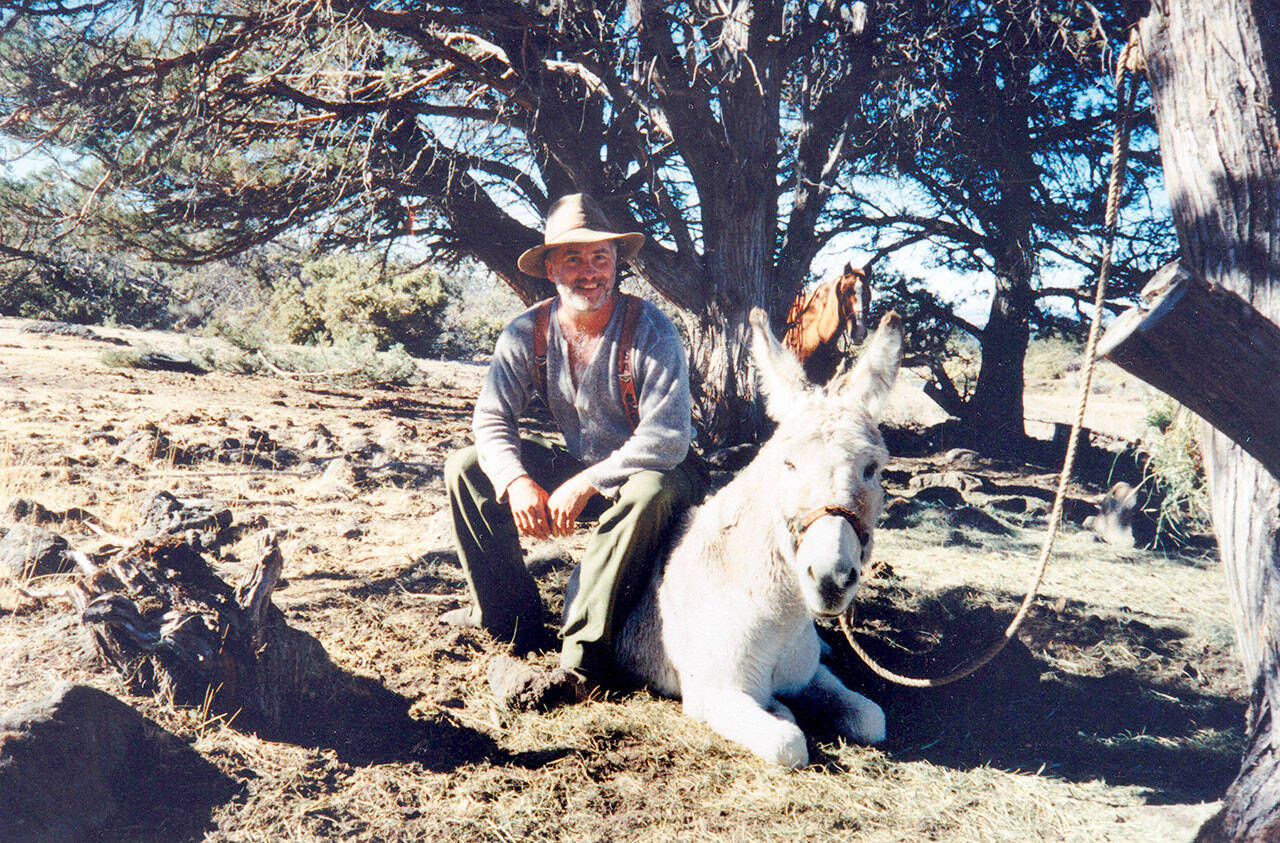WAY BACK WHEN, the Olympic elk were market hunted for their meat, antlers, hides and ivory teeth or just shot and left by thrill-seeking lowlifes who liked to watch them fall.
In 1905, the Washington State Legislature stopped all elk hunting. In 1909, President Teddy Roosevelt preserved what is now Olympic National Park to save the elk. By 1937, the elk had expanded beyond the carrying capacity of many parts of their range. Elk were starving in the Hoh Valley. Washington opened an eight-day season in October and November in Clallam and Jefferson counties for any and all elk.
William D. Welch of the Port Angeles Evening News, the precursor of today’s Peninsula Daily News, journeyed to the upper Hoh River that October to cover what he called “The Elk War.”
Welch described the “red helmeted army of 5,280 hunters waging war against the Roosevelt elk in the West End of the Olympic Peninsula.”
As with any war, there were casualties. It was a common practice for hunters to surround the unsuspecting elk herd and open fire. This meant the hunters were often firing at each other while blazing away at the elk.
One man died in a fusillade of bullets. A packhorse was shot while carrying an elk. In his book,”The Last Wilderness,” Murray Morgan told of a dairy cow that was shot so many times the farmer melted it down to salvage the lead after elk season was over. An estimated 700 elk were killed. The figure might have been much higher except for a sudden storm that dumped so much rain, hunting was out of the question.
Welch describes the sorry spectacle when thousands of soaking wet elk hunters descended upon nearby Forks, which had run out of whiskey before the elk season had even started. All Forks had left was some gin, which was never very popular on the frontier.
Things have changed in the 85 years since that first elk season. There is plenty of whiskey in Forks, but good luck finding ammunition!
Meanwhile, there are so many bears, cougars and human hunters in the woods that many elk have moved into the town of Forks for their health.
Elk hunting has always been tough, even when there were a lot more elk. These days, getting an elk is like winning the lottery. You need an edge.
Instead of 700 elk killed in the Hoh Valley, I’d estimate less than 20 were harvested in the entire watershed. This is my story.
I got my first elk back in the ’70s, hunting with my cousin Bo. We were hunting in one of the stupidest places you could ever want to pack an elk out of, the Dry Creek Basin west of Lake Cushman.
Not many of you reading this have ever quartered an elk in a blizzard, but if you did, Bo was the right man for the job. It took three days to pack the elk out. It should have taught us a lesson. Instead, we went on many more hunting trips. Bo was one of the toughest humans I ever met — wearing cowboy boots to pack in to Goat Lake.
Then I got the call. Bo had died of some obscure disease right during elk season. Talk about your bad timing.
The next day, through a bizarre series of coincidences, we ran into a herd of elk. I told my hunting partner that Bo had sent them. We had an edge. We got a year’s worth of meat.
If I said it once, I said it a million times: Thanks Bo, I needed that.
_________
Pat Neal is a Hoh River fishing and rafting guide and “wilderness gossip columnist” whose column appears here every Wednesday.
He can be reached at 360-683-9867 or by email via patnealproductions@gmail.com.
